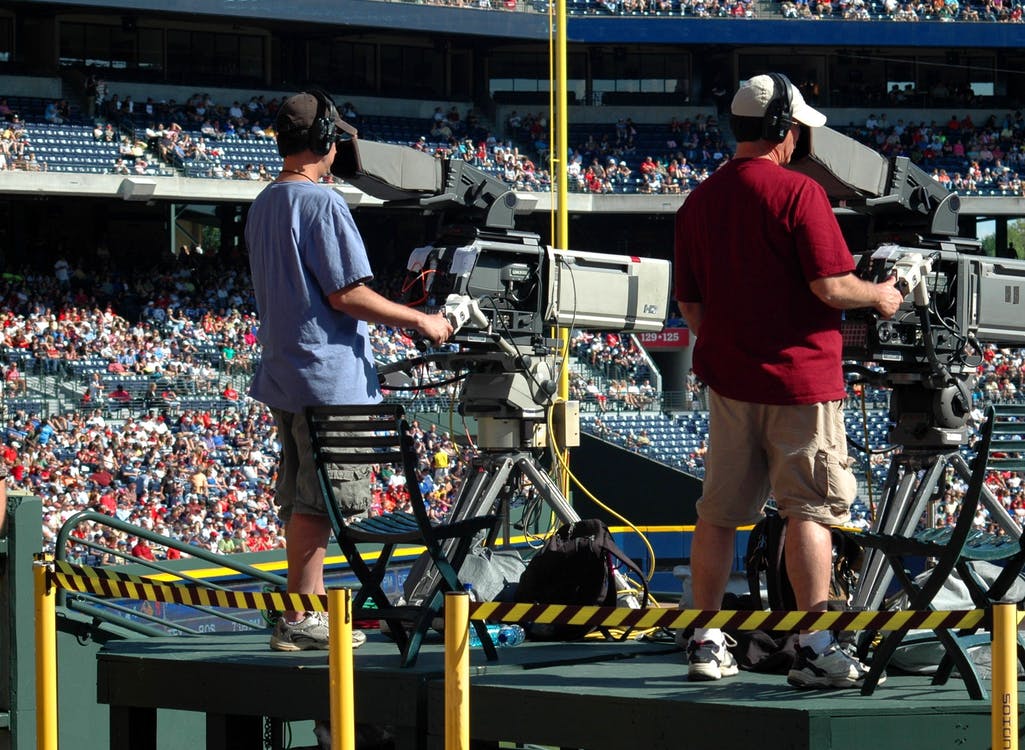Sports are a great way to bring people together. They are often times exciting and can be very rewarding to watch. However, there are some common issues that can occur when broadcasting live sports. For overseas soccer broadcasts (스포츠중계), additional considerations include geographical issues including latency, language barriers, and time zones. Following are some generic broadcasting issues that can crop up during streaming and broadcasting. Sports broadcast (스포츠중계) companies should be aware of these in order to minimize disruptions to the viewer experience. For sports broadcasting without any issues, gdtv24 is the perfect option as they have experts in every aspect of sports broadcasting, including live streaming and video production.
Poor Quality Video
Live sports broadcasting is a highly-reputable and expensive endeavor. Consequently, many broadcasters invest in top-of-the-line equipment in an effort to produce the best video quality possible. However, no matter how well a broadcaster’s equipment is calibrated, there will always be instances where the quality of their video falls short. One of the most common issues with live sports video quality is compression artifacts or “jaggies.” This occurs when individual lines or pixels are compressed too tightly, causing them to become visible as jagged edges. Jaggies can be particularly noticeable during fast action shots or when the camera pans across a large screen area.
Audio Issues
Audio issues are a common problem while broadcasting live sports. In some cases, the audio may be muffled or distorted, which can make it difficult to understand what is being said. Additionally, there may be interference from other sources, such as background noise from fans or spectators. To ensure a smooth broadcast, it is important to take into account the environment in which the game will be played and make sure that the audio equipment is up to par.
Network issues
One of the most common issues broadcasters faces while broadcasting live sports is network issues. These can come in the form of dropped signals, buffering, or failing to load videos or audio properly. In some cases, networks may be behind in their broadcasts, causing delays or mismatches in what viewers see on screen. Thankfully, there are ways to address these issues and keep your viewers engaged. First and foremost, always make sure you have a backup plan if things go wrong. Have someone else who can take over if necessary, and be prepared to explain any hiccups to your viewers without causing any further disruption.
Lag
Lag is a common issue that can occur while broadcasting live sports. It is caused when multiple networks are trying to send signals to one broadcaster at the same time, and the result is a delay in the video. Lag can make it difficult to understand what is happening onscreen, and it can also cause video glitches. Broadcasters can try to minimize lag by using high-speed connections and by using multiple broadcasters instead of one single broadcaster.
Other Streaming Issues
Other streaming issues can include buffering, dropped connections, or poor-quality video. If you experience any of these issues while broadcasting live sports, make sure to check your internet connection and settings to see if there is anything you can do to improve them. Additionally, make sure that your video and audio settings are correct for the platform you’re using; different platforms have different requirements for quality. If everything looks good on your end, but the game is still lagging or buffering, it might be due to a problem with the broadcaster’s server. In this case, contacting them directly may be the best option. For overseas soccer broadcasts, additional considerations include geographical issues, including latency, language barriers, and time zones.
Final Thoughts
Broadcasting live sports can be a very exciting and nerve-wracking experience. There are a few common issues that can occur during a live broadcast, which are: technical difficulties, mistakes made by the broadcasters, and spectator interference. Technical difficulties can occur due to a number of reasons, such as poor signal quality or an unstable network connection. Mistakes made by the broadcasters can include mispronouncing someone’s name or making an incorrect call on the field. All involved parties- broadcasters, players, and fans alike. By understanding these issues, you can better prepare yourself for your next live sports broadcast. For overseas soccer broadcasts, additional considerations include geographical issues (such as time zones) and cultural differences (such as fan behavior).

